On the success of 1998's installment of The Legend of Zelda, Nintendo had earned enough credit from its fanbase to push the franchise literally and figuratively into new territory. Set in a province neighboring Hyrule, the 2000 smash-hit Majora's Mask explored the continuing tale of the Hero of Time, better known among gamers as Child Link from Ocarina of Time.
In this story, Link goes in search of his lost fairy and finds himself opposing a Skull Kid possessed by a demonic mask that appears out of nowhere from the franchise's rich backstory. It's a psychedelic fever dream of whimsical existentialism, unlike anything that came before or after - a masterpiece of design that only legendary game directors Shigeru Miyamoto and Eiji Aonuma could craft. Nintendo's great risk yielded the most unique and perhaps best-designed game in the franchise that possibly surpasses Ocarina of Time in terms of industry influence.

There are arguably two gameplay mechanics that define Majora's Mask as a classic franchise title, the first of which is the consequential passage of time. The story takes place over the course of three in-game days - just over fifty minutes of real-world time - after which a horrifically anthropomorphized moon crashes to the ground and destroys the world.
During this brief period, dozens of NPCs feature progressive narrative tracks that must be carefully followed to complete the game, warping through time as needed to reset the story's intricately scripted and branching sequence of events. The numerous side quests in Majora's Mask require a player to be at the right place at the right moment of the day, which endows this Zelda title with a deeply spatial sense of time that would inspire and influence countless games that followed.
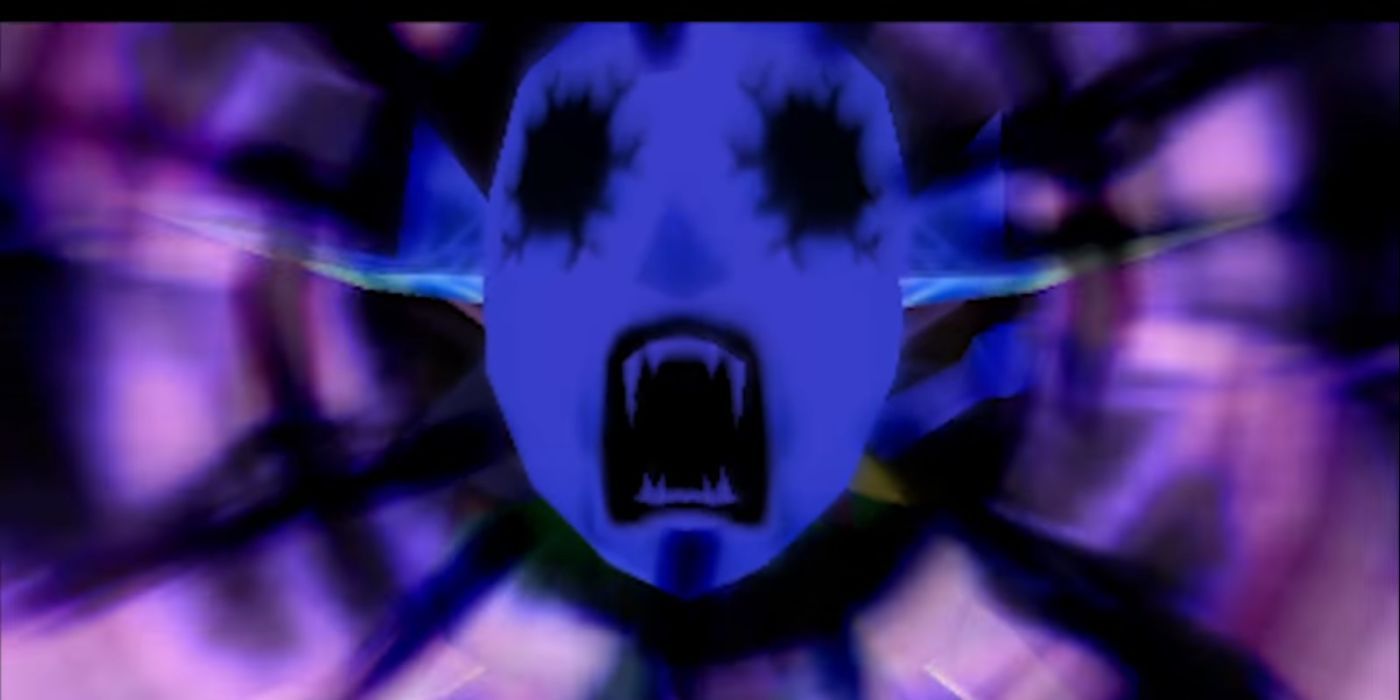
The second defining gameplay mechanic for Majora's Mask is, as its name might suggest, the use of masks. In addition to providing franchise-appropriate whimsy and a fresh visual aesthetic, four of the game's 24 masks allow Link to transform into a Zora guitarist, a Goron folk hero, a courageous Deku scrub, and an overpowered celestial warrior respectively.
This marks the first time in the Zelda series that players could take on the roles of Hyrule's myriad inhabitants. In addition to providing deeper immersion in The Legend of Zelda series' remarkably nuanced world, these transfiguring artifacts give Link new mobility and combat abilities that bring thrilling depth to the game. It's one of the best game mechanics in the entire Zelda franchise, which alone makes Majora's Mask worthy of revisitation and study.
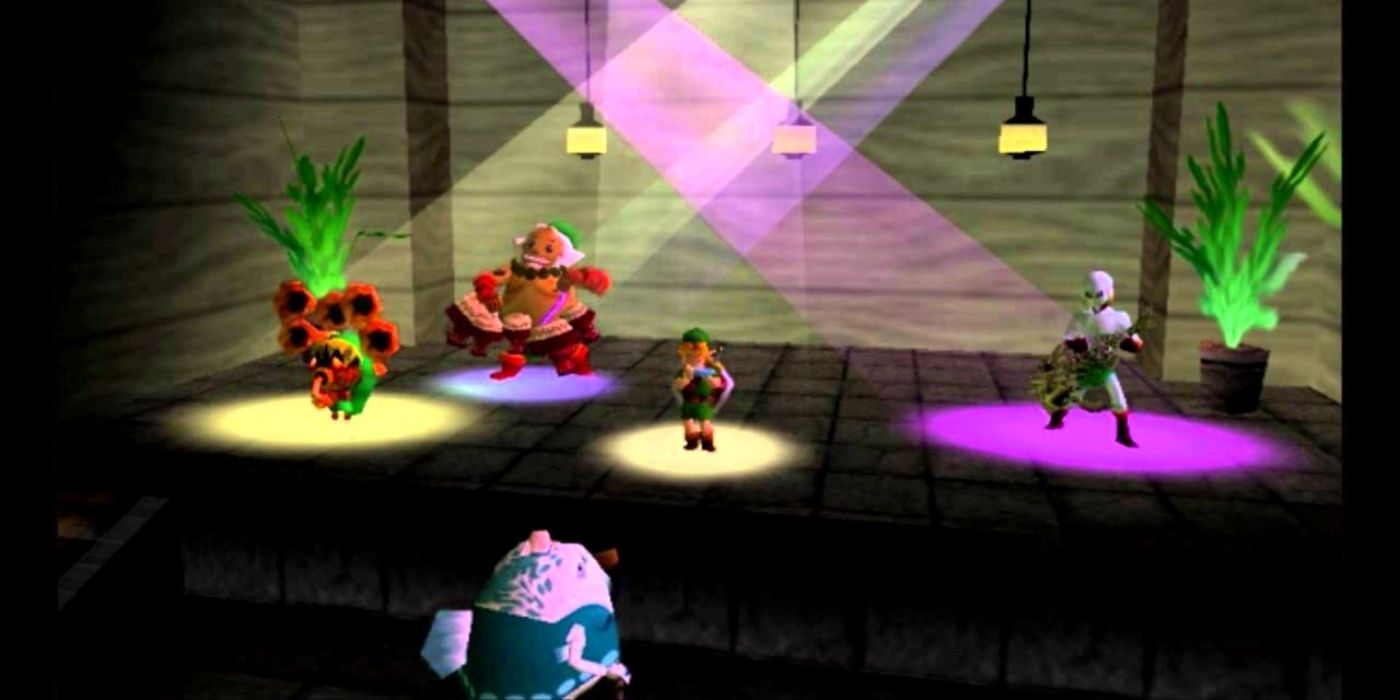
One way in which Ocarina of Time featured innovative gameplay was by designing the game's eponymous instrument as peaceful way players could influence their environment, drawing from the bardic tradition of the "swords and sorcery" genre where music equates to magic. Majora's Mask takes this even further, with unique instruments for each of the game's transformation characters and numerous subplots and side quests that prominently feature both song and dance as gameplay elements.
In the game, music can do everything from uniting communities to summoning interdimensional deities. The fine arts as gameplay is a design element at which Nintendo, in particular, has always excelled, and Majora's Mask stands as one of the franchise's crowning achievements in that regard.
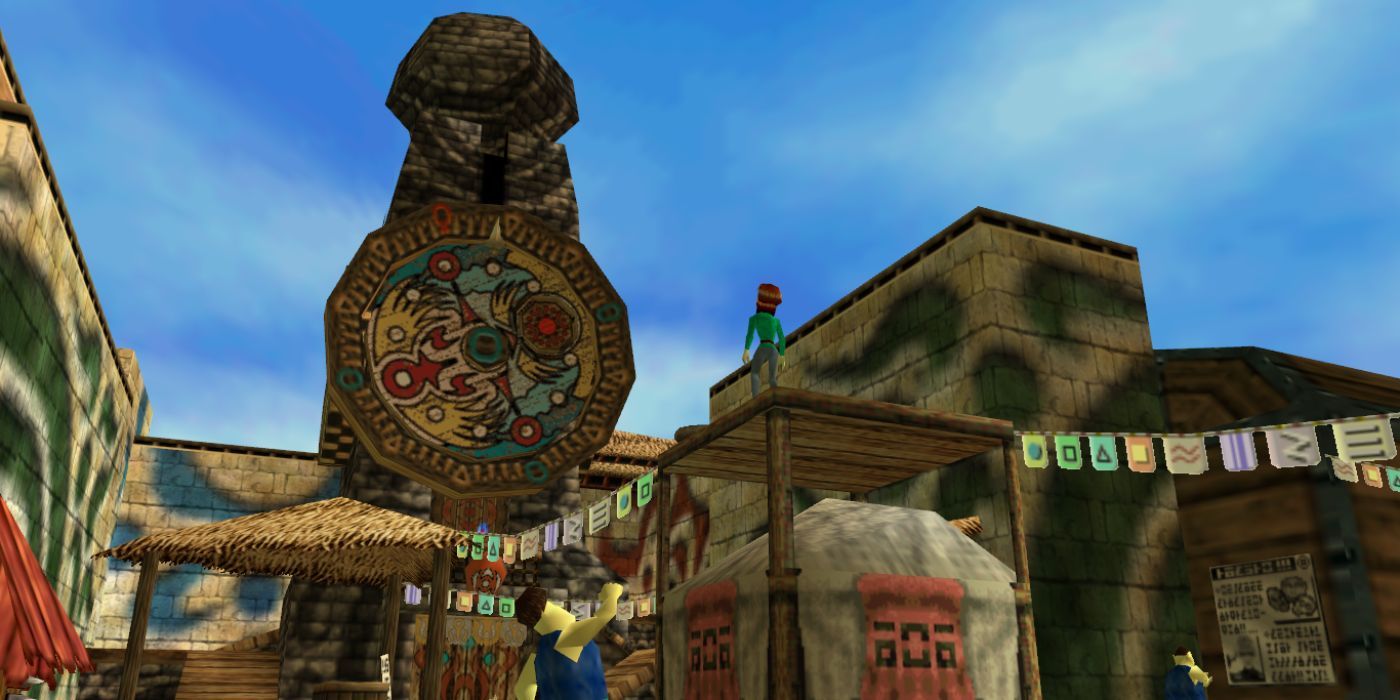
Majora's Mask is one of few franchise titles that is not set in the Kingdom of Hyrule. Instead, its bizarre narrative takes place in Termina, a nearby city and province. This gives gamers a chance to see common series elements and themes against a new background. In some ways, this is literal, as Nintendo reused several digital assets from Ocarina of Time in Majora's Mask, most notably numerous character models.
It's one of the many things that make this classic title the strangest Zelda game of all time. Though it can be alienating at times, Termina mostly feels like a unique cultural and historical location that deepens players' immersion in the franchise's world. When it does stray into unusual territory, it consistently feels intentional - a natural continuation of the dreamy tones that underpin Termina's lore and citizenry.

From protecting the Romani farm from extraterrestrial invasion to forging the gilded sword, Majora's Mask features some of the franchise's most memorable side quests that send Link through the mountains and valleys of Termina.
The game's longest mission is a triumph of early-Millenium game design, requiring players to follow a complex sequence of rigidly timed events in order to reunite a star-crossed couple cursed by Majora - a tale of Shakespearean proportion that takes at least one whole game cycle to complete. It's one of the best side quests in Majora's Mask, and there are dozens of others for players to discover hidden throughout the game's vibrant and quirky world.
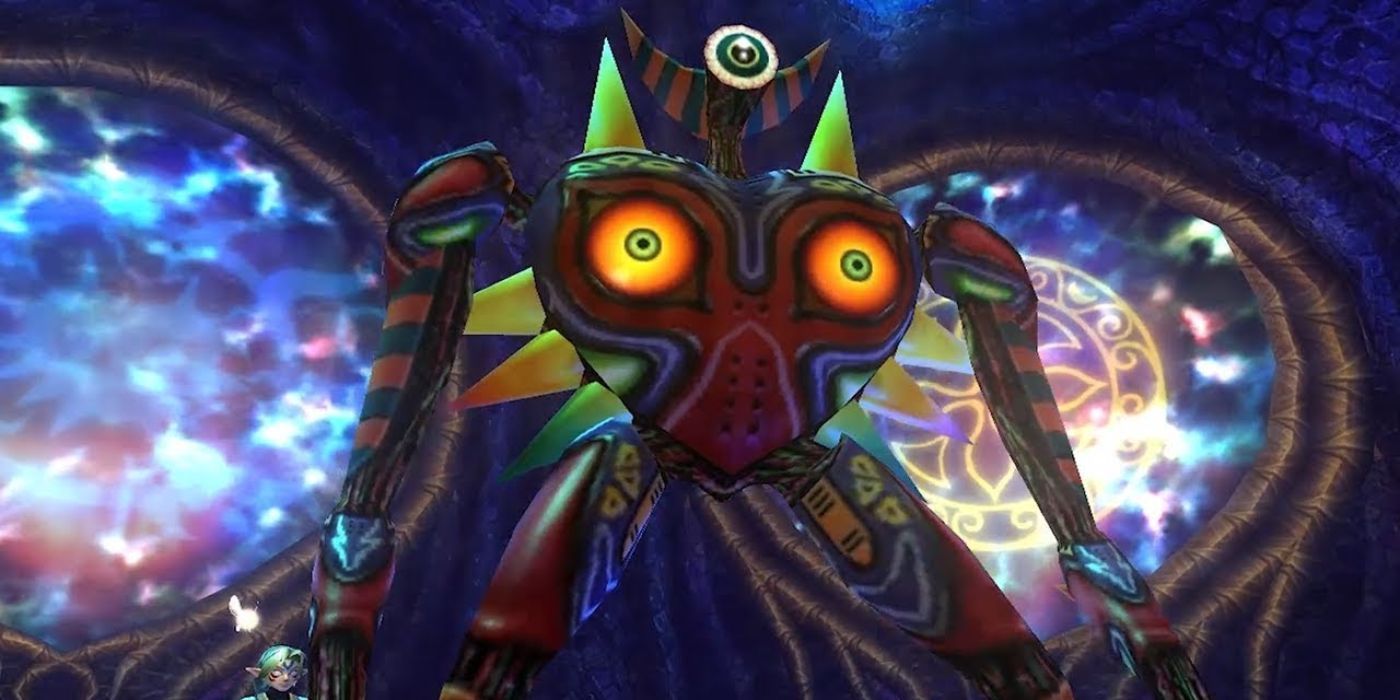
Majora is an antagonist like no other in The Legend of Zelda series. An ancient deity trapped within a wooden mask, Majora's intentions are never revealed beyond an expressed desire to cause destruction on par with the abominations that characterize H.P. Lovecraft's work. The final confrontation with this boss pits players against three of Majora's corporeal forms: a flying mask with squidlike tentacles, a one-eyed lanky-limbed imp, and a muscular demon with whips for arms.
Only the Shadow Beasts of the Twili realm come close to matching Majora's eldritch aesthetic, and even Ganondorf, King of Evil, seems a minor threat by comparison. Majora's Mask is also the only game across thirty-five years and twenty-seven AAA titles to feature this antagonist. In a franchise uniquely characterized by recurring or reincarnated characters, this singularity gives Majora unique staying power as an iconic villain of the series.
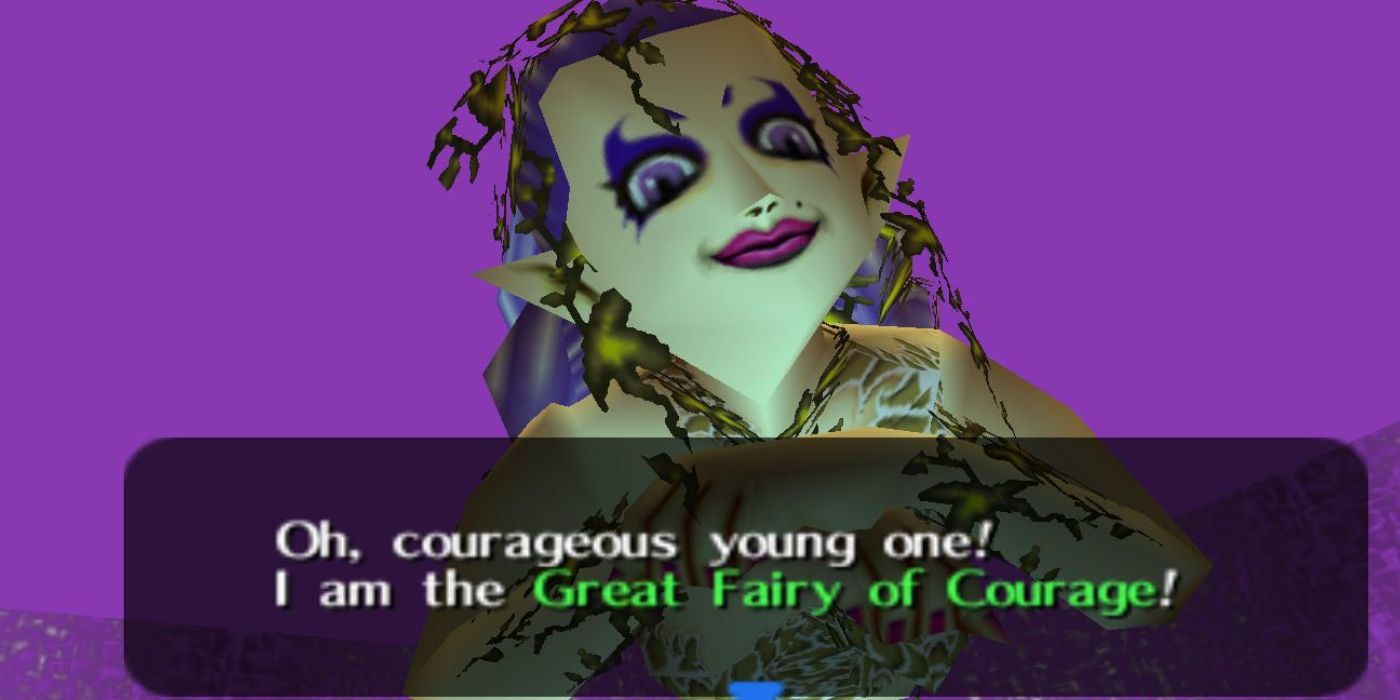
Though the game's star mechanics of consequential time passage and masked transformation, Majora's Mask features numerous other ingenious mechanisms that raise its gameplay value. One of the most-appreciated inclusions is the expansion of location warping. A seminal series mechanic, warping reached new tiers of usefulness in Ocarina of Time by allowing players to warp between major dungeons in the latter half of the game.
Taking this a step forward, Majora's Mask allows players to warp between numerous owl statues that dot Termina, making it the most efficient means of travel in the game. Every subsequent Zelda title features a variation on this mechanic. Not all of the gameplay mechanics implemented in this classic title are so dramatic. One minor addition - an old-fashioned camera that Link could use to take photographs of his environment through first-person perspective - became one of the best side quests in the game's sequel, Wind Waker.
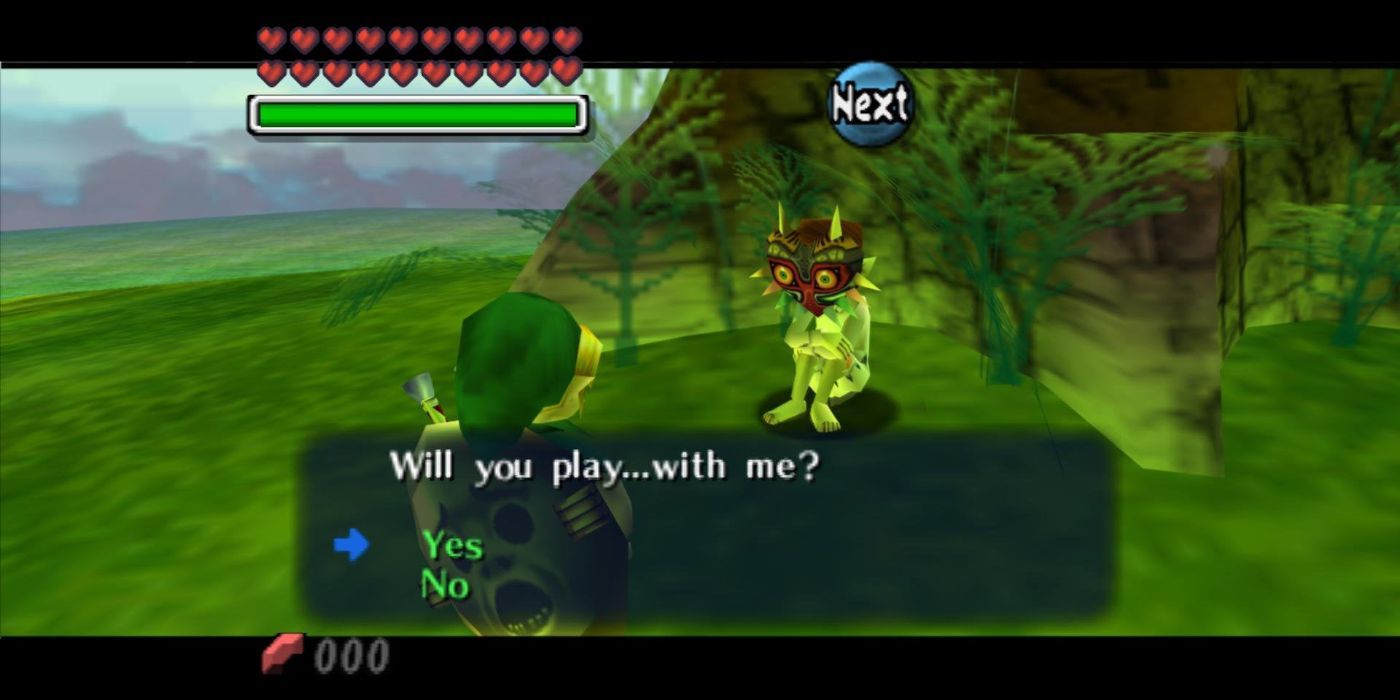
With dozens of side quests and a central campaign that must be wholly reset every hour of real-world time, Majora's Mask represents one of few early video games that features inherent replay value. While it is possible to complete the game's story and dozens of side quests on the first attempt, most gamers will find themselves at the game's conclusion missing two or three masks and with several greyed-out spaces in the item menu indicating that there are yet more treasures to be found throughout Termina.
In this case, the game naturally ushers players into subsequent playthroughs. With new items in tow, bosses become more interesting to re-fight and sometimes new side quests reveal themselves. What's more, Nintendo so deftly scripted the passage of time into each of the game's regions that it always reminds players - in the way the best open-world games do - that there is something occurring somewhere else that they are missing.
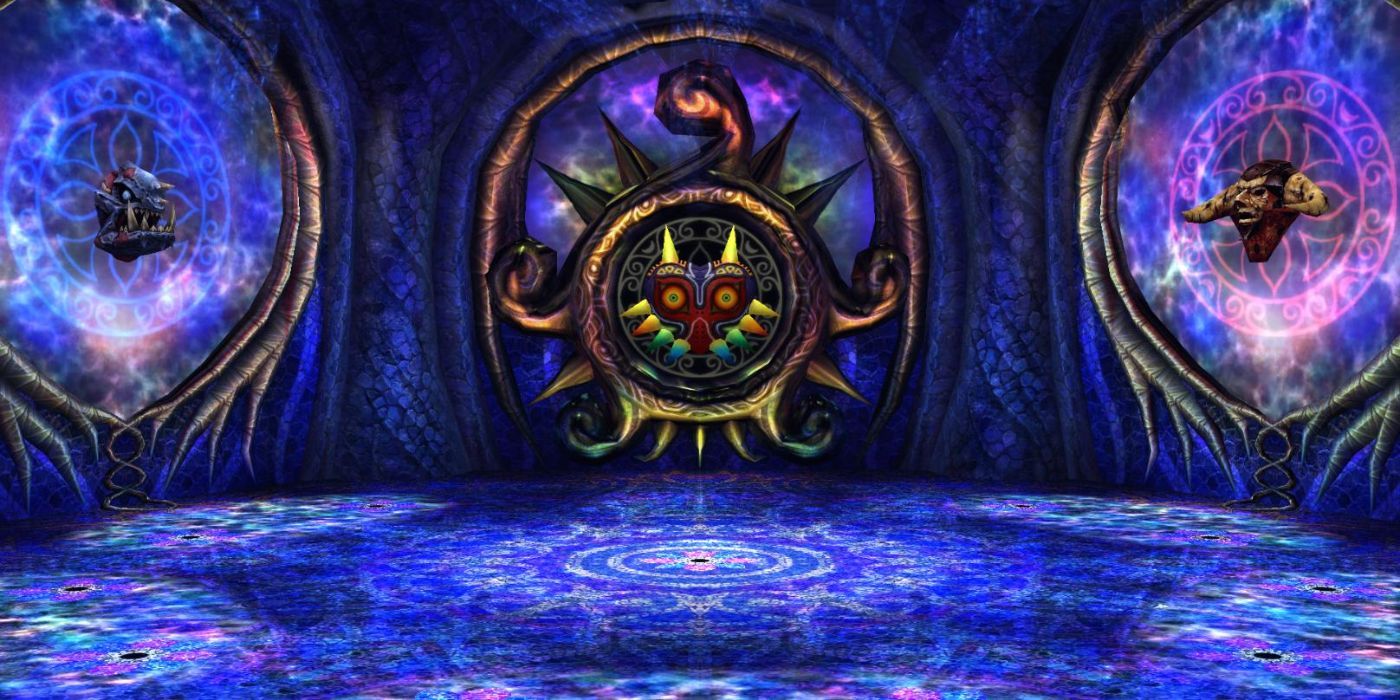
From the torsoless giants who rule over Termina to the unsettlingly eerie atmosphere surrounding the Happy Mask Salesman, Majora's Mask embraces all of what makes The Legend of Zelda whimsical and quirky and filters it through the slightest lens of surrealist horror. Not all of its plotlines make lucid sense and the game explores uncompromisingly fatalistic themes across its more than thirty hours of gameplay.
Despite this, the game's numerous small oddities and weighty themes all work together to create a dreamy pointillism of design to which few games can compare. As the series has matured over the last two decades, and with Breath of the Wild's sequel due for release within the next year, fans can only hope that Nintendo will someday revisit this iconic strangeness - a uniqueness of design only Nintendo can achieve through The Legend of Zelda franchise.
from ScreenRant - Feed https://ift.tt/3bs0SZl


0 Comments